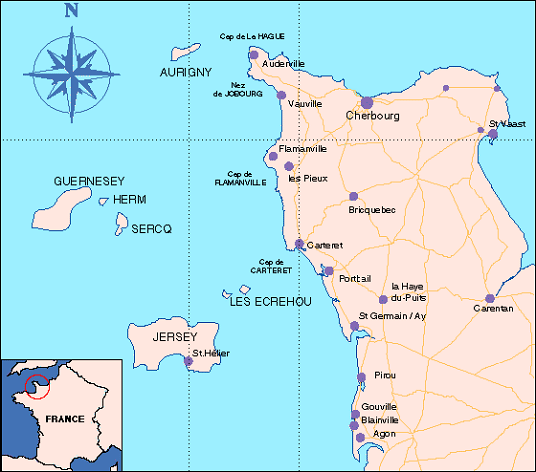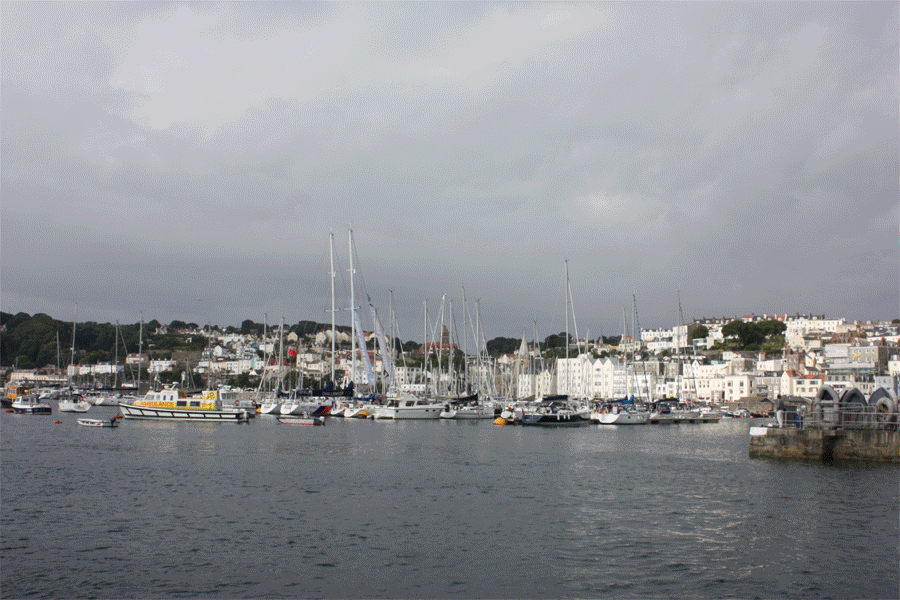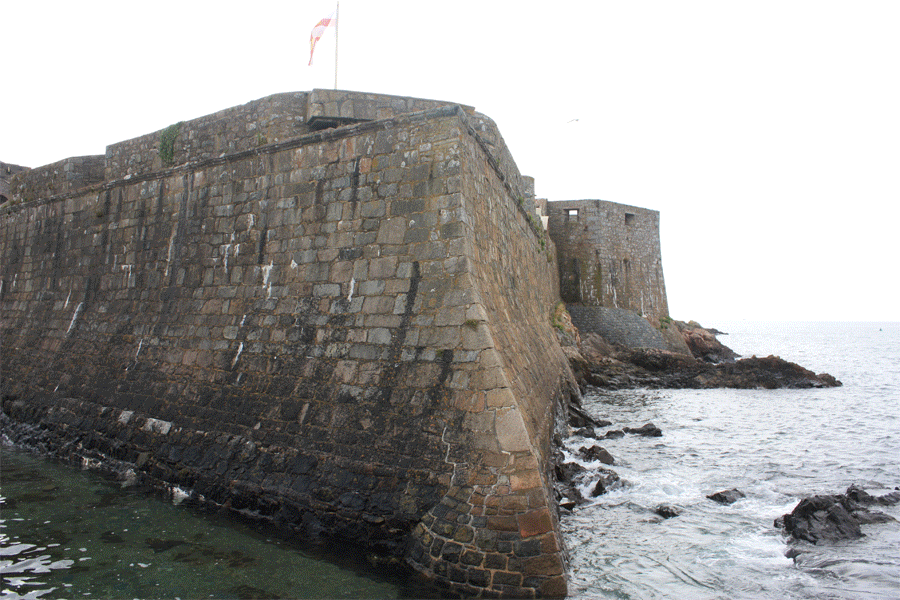 |
Geographically,
Guernsey is much closer to France than to England. However, when the
locals use
the term "the mainland", they mean Great Britain, to which they are
bound by history, economics and politics. In 933 CE, the Channel
Islands became
part of Normandy. In 1066, William the Conqueror captured most of
England,
making the Channel Islands part of his combined holdings. In 1204, King
John
lost most of the Duchy of Normandy, in France, but the Channel
Islands
remained loyal to the English Crown. From that time on, the Islands
became a point
of contention between England and France. The French made a number of
attempts
to recapture the Islands, only to be run off by the islanders and
British
forces. As a result, the English built a number of forts along the
coast.
Today, the islands are, to a large extent, a self-governing territory,
although
all local legislation has to have Royal assent. In 1940, the islands
were
occupied by the Nazi's, who held control for nearly 5 years. |
   |

St. Peter Port 2013

Castle Cornet 2013


